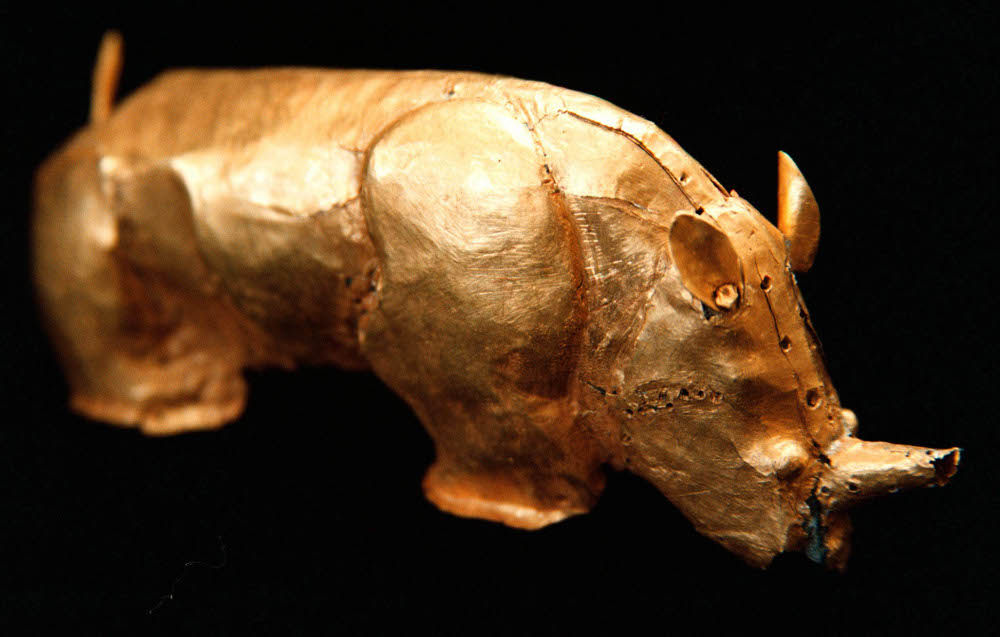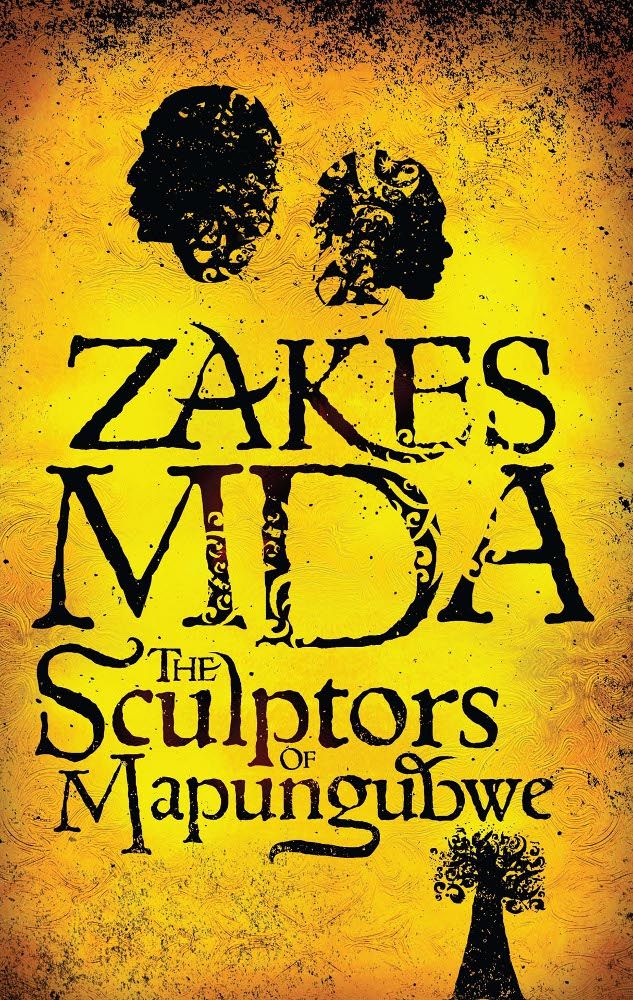Mapungubwe
Now here's a romance, a bardic praise song for South African readers! It is set in Mapungubwe, the town that surrounded the hill of the same name, in 1223CE when what is now a world heritage site on South Africa's northwestern border with Zimbabwe and Botswana was home to a thriving society of cattle farmers, miners and traders.
Mda has based his story on the research on the kingdom done by many archaeologists and historians, whom he acknowledges.From scant solid information he has spun a fluid and engaging tale. His two main characters are sculptors, Chatambudza (called Chata mostly) and Rendani, the apprentice and son respectively of the royal sculptor, and Mda lets their lives unfold with effortless simplicity and rich detail.
The year 1223 is, for the townsfolk, "the year of the mirror" because two of these have appeared in the community, brought by a trader from Sofala. To establish the distance between the reader and the society being described, Mda invokes this technological wonder in the same way that Gabriel Garcia Marquez captivated his readers with his opening passage in One Hundred Years of Solitude by describing the discovery of ice.
Another exotic item is the piece of silk cloth, used as a kanga by Chata, which he has brought home after a spell of travelling on the east coast.

The gold-plated rhinoceros. (Martiens van Bart)
Chata's character emerges as a complex, singular and unusual person, a truly original sculptor, whose work is inspired by dreams, visions and trances. He has special powers passed on or inculcated by his mother who was of the Vasarwa people, a !Kung woman who has taken refuge as a servant to Rendani's father.
The rivalry between the two sculptors begins in childhood and is cleverly pursued into a lifelong obsession that forms the main plot thread of the novel, relating to matters of creativity, recognition and power.
Although the world Mda describes is archaic and exotic, the tone of his third-person narrative is frequently chatty and colloquial, and he often uses surprisingly modern phraseology. Examples of this are: "Chata even stopped moulding the fantasy animals lest Zwanga went all gaga over them", "he was just ribbing them" and "what floored … [them] … most". However startling these may seem in this context it does make for easy reading, sweetening the austerity of neat history.
Probably the most well-known artefact from Mapungubwe is the gold-plated rhinoceros. In Mda's creation the rhino is the "sacred totem" of the people, and never killed.
But it was already being illegally hunted for the sale of its horn to traders from the Far East, a transgression that, in the novel, seals the downfall of one of the sculptors.
What became of these people of Mapungubwe? Mda hints at the reason they may have migrated to Zimbabwe in his emphasis on the radical importance of rain dancers and rain-makers: severe prolonged drought and the drying out of the central regions may have driven them to easier farming country.

I would have liked Mda to fill out in more detail the mining of gold and other ores, how the quaggas some people rode were tamed and trained, and how the journeys to Kilwa and Mogadishu were actually accomplished.
As it is he has concentrated on his characters, on the social, personal and spiritual lives of Chata and Rendani and to a lesser extent on the women in their lives.
There is more to this novel than initially meets the eye; Mda deals with the traditional agency of women, the humiliation and isolation of those who are born different and, perhaps most interesting, how people can manipulate themselves into positions of power, however self-serving and corrupt they are.
The Sculptors of Mapungubwe by Zakes Mda is published by Kwela.